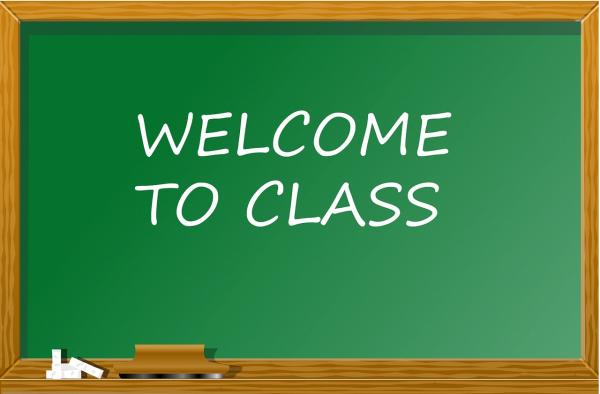
Case study
Relationships within a class group
VET
Young student of Moroccan origin, placed in a class before a VET path.
The class group consists of twenty male students aged between 14 and 16 years.
An underage student of Moroccan origin is a student in a compulsory training course.
His family moved to Italy when he was a child, so he received his education in Italy.
An introverted character, he has his share of problems and trouble at the school; he hangs out with a few other friends, but struggles to interact with his classmates.
During lessons, he usually sits alone, no one likes to sit next to him and sometimes his classmates make fun of him saying how his silence is ominous and that he is probably plotting some kind of terrorist intention.
The boy does not respond to these jokes, but he seems uncomfortable and nervous facing such insinuations.
Daytime three-year qualification course as a mechanic operator - installation and maintenance, for a total of 2970 hours of training.
The course includes lectures, practice workshop and 320 hours of internship in the last year.
The teachers are trainers from different areas: technology, mathematics, English, Italian, history, computer science, technical drawing, mechanical manufacturing, educational and vocational guidance.
The class group has a reference training tutor and is monitored by the manager of compulsory training courses, who is responsible for intervening in the most critical and delicate situations, and maintains relations and communications with the students’ families.
During the lessons, both in the classroom and in the workshop, trainers pay special attention (taking notes and stimulating the discussion) to any difficult situations, due to recurring jokes or student isolation.
The teaching team is aware of the situation and understands it better.
Trainers adopt an inclusive education (that means, in the first place, taking care of all student cases), in order to promote exchanges within the classroom group and strengthen ties and relationships that form the basis of social learning.
In this way, the student learns to collaborate with his peers, overcome learning difficulties and, at the same time, gets to know his classmates better and starts communicating with them. Through comparison and cultural exchange, then, the alienating and mocking attitudes towards that student are changed.
In the vocational guidance unit, the trainer encourages, at the beginning of the year, the sharing of values and different personal characteristics within the class.
Students can overcome an initial prejudice through activities of mutual understanding.
Teachers of languages and social sciences plan specific lectures on the topic of different cultural traditions (presenting literature by authors of various origins, presenting different forms of political and social organization in different countries). During their lessons, as part of their teaching style, the trainers find the space and ways to create positive conditions for a cultural exchange.
The foreign student became the bearer of a lifetime experience that he can share, as well as an active participant in the class group.
Regardless of specific situations, it is useful to provide the course of vocational training with a few modules for addressing concepts of equal opportunities and non-discrimination with the whole group of students (for instance discussing an article published in a newspaper related to the theme of the discussion).
This practice produces excellent results as a conflict prevention technique.
The classroom context, where adult students of different origins and backgrounds meet, is particularly exposed to situations of misunderstanding or intercultural prejudice that can escalate into conflict situations. Among the causes we can detect the following:
- teachers, focusing on teaching, are unable to perceive the risk factors that could cause conflicts and intolerance in the class group.
- students, exposed to messages of the mass media, often do not develop critical and personal thinking, but rely on clichés.
- the identity of young people who have different connections (native country / host country), who are not mature enough, and who are particularly fragile and sensitive.
The awareness of the need to act at the organizational, methodological and teaching level is fundamental, in order to promote recognition of the common right to diversity. Accordingly, it is possible to go beyond appearances, overcoming stereotypes and prejudices. The situation is improved by acting on several levels:
- Monitoring.
- Inclusive teaching.
- Vocational guidance unit.
- Definition of training activities.
- Activities on the topic of equal opportunities and non-discrimination with the whole group.
